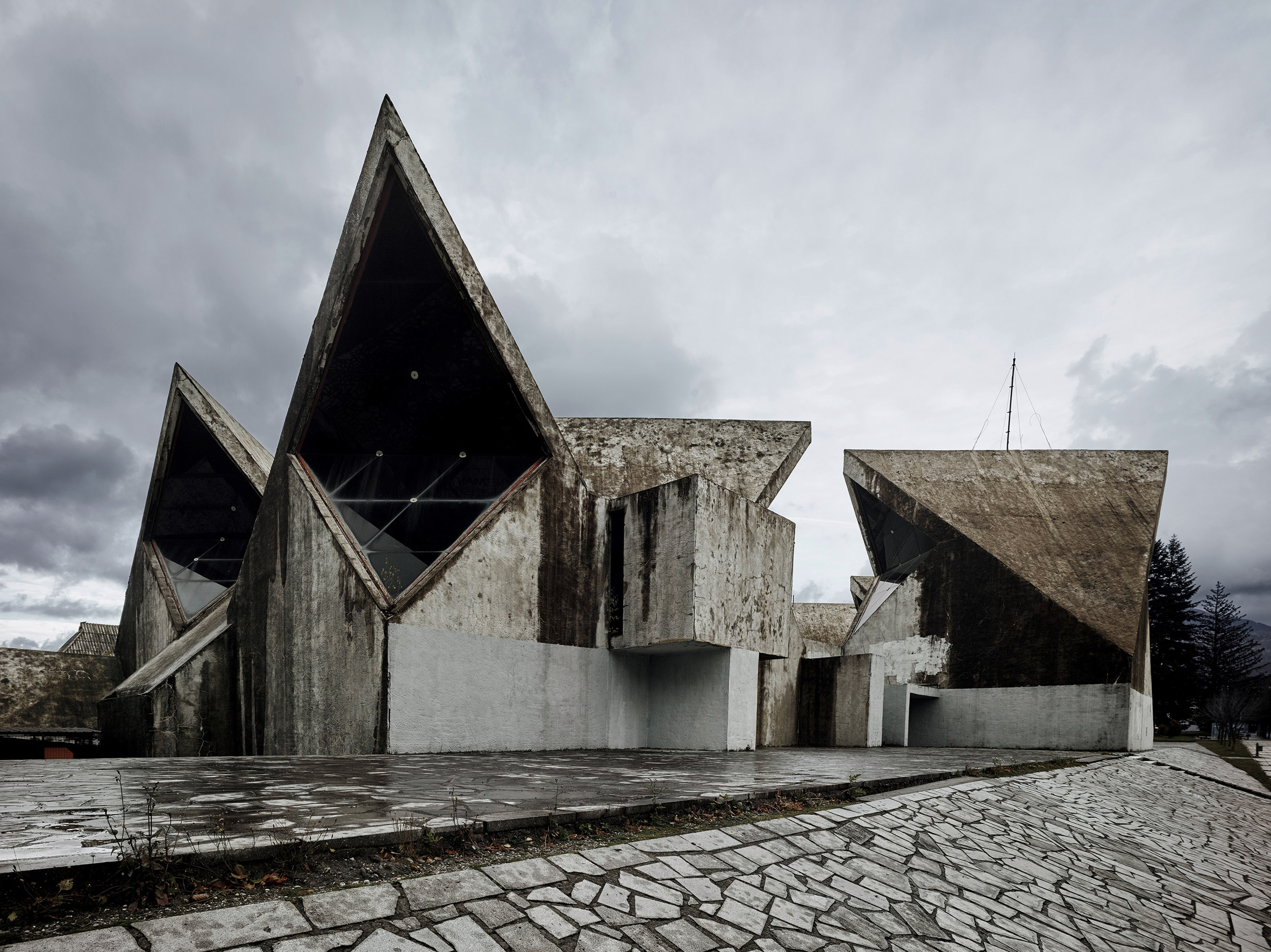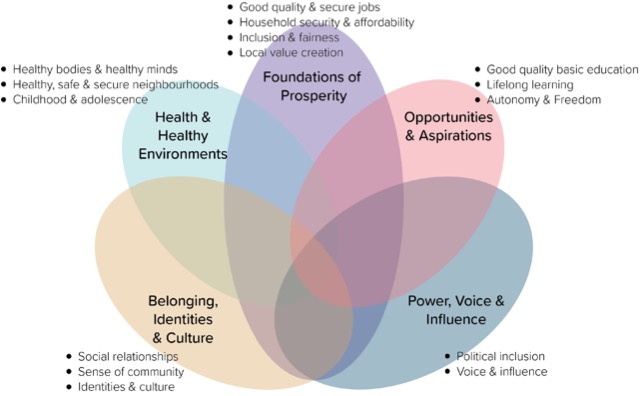The success of my proposed project is dependent on strong partnerships and good relationships with community groups and other stakeholders involved in seeking equity and social justice in urban regeneration programmes. In this post I want to chart progress to date in building these relationships in east London.
Just Space
I met with Richard Lee, the convenor of Just Space, and together we took a tour of estate development and regeneration schemes in Barking and Dagenham. On its website, Just Space is presented as:
a network of local and London-wide metropolitan groups campaigning on planning issues – housing, transport, services, environment, rights of minorities but especially of working class and low-income groups. Activists and groups support each other in influencing formal plans and policies at scales ranging from metropolitan, through municipal to local.
On the basis of discussion of my project and how I might work with Just Space, Richard offered to put me in contact with resident groups in east London and gave me the opportunity to work with a cohort of MSc students doing fieldwork with community groups as part of a module on Social Development in Practice. I’ll be running a workshop on the use of photography in community work and activism, and working with students and community groups in the production of images to support their fieldwork and subsequent production of reports. In line with the approach taken in my project, I’ll integrate image making with the research process and encourage them to use images in exploring the lives, concerns and aspirations of residents as well as exploring the built environment. Images will be also be made for use in advocacy and presentation of the outcomes of their work with community groups. I am particularly concerned that images are used expressively and analytically, and not just to support text (which is how images have been used to date in this work, as far as I can see). Most of all, this offers an opportunity to develop my methods and approach, and to build relationships with resident and community groups for the final project. I hope to be able to present some of this work in my work in progress portfolio. The work with the students is likely to lead to an exhibition and publication. I want the work with the community and residents groups, and with Just Space, to act as a preliminary stage in a longer term engagement. If the work with the students goes well, there could be an opportunity to develop the work (with the Development Planning Unit at UCL Bartlett) next September.
Creating Connections and Student’s Union UCL Volunteering Service
Creating Connections is a
regular networking event that brings together staff and postgraduate students from University College London and the University of East London with representatives from community organisations, charities, residents’ groups, social enterprises and statutory organisations.
Meetings are held in Stratford (the London Borough of Newham and Student’s Union UCL Volunteering Service are partners, with the University of East London and UCL Public Engagement) and provide an opportunity to form links with community groups in east London and explore the potential for photographic work. From November I will be working with student photographers to document the work that student volunteers are doing with community groups. This provides the opportunity both to develop my own practice and cultivate good working relationships with local community groups.
London Prosperity Board (LPB)
The board meets regularly to review initiatives in and around the Olympic Park. As well as providing a conceptual base for the focus of the project (in the conceptualisation of the dimensions of local prosperity and the foundations of universal basic services), membership of the board has helped me to identify possible sites for project related work (for instance, the Bromley-by-Bow Centre, which is owned and run by the community – there is the opportunity to work with citizen scientists collecting data on environmental threats to well-being in the area). It also provides contacts with local authorities and businesses.
Centre for Excellence in Equity in Higher Education (CEEHE)
I have learned from experience on this module that I cannot afford to have any extended period where I am not able to make images that contribute to my project and portfolio. As I work for two months a year in Australia, I have arranged to do project related work there. This focuses on methods and methodology. I will work with two projects which are using the Photovoice approach. As well as gaining experience in the use of Photovoice, I will also be producing visual images for CEEHE, and working on academic publications on visual methods in social science research.
The purpose of this post it to take stock. As each strand of the work takes off, I will have to look very carefully at scheduling and continuity. Future posts will take up the individual strands and the relationship between them. The priority over the coming weeks is to produce new work for my work in progress portfolio, and to take up the challenge of experimentation with new forms of image making.







